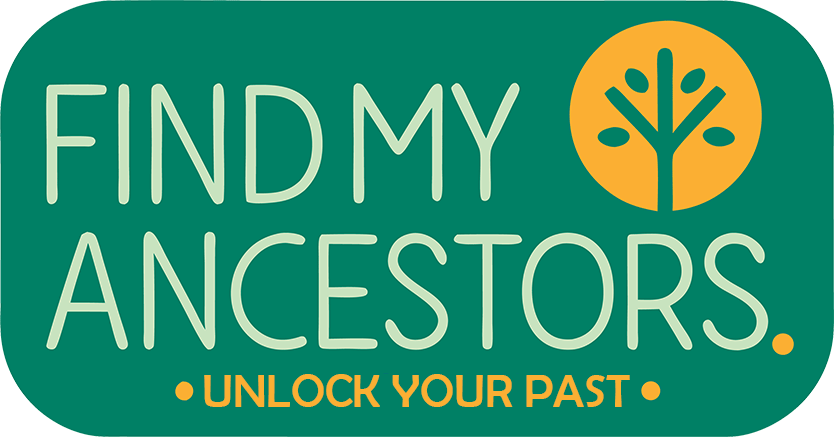When you’re just getting started with family history, it can feel like you’re learning a whole new language. Census returns, BMD indexes, parish records – it’s easy to get overwhelmed. That’s why we’ve put together a glossary of genealogy terms you’re likely to come across in your research.
Use it as a quick reference or a confidence booster when things get confusing.
Why a glossary helps
Like any new skill, family history has its own jargon. Understanding what these words mean makes it easier to:
- Read old documents and search indexes more confidently
- Follow tutorials, forums, and guides
- Avoid common beginner mistakes
- Ask for help and understand the answers
Even experienced researchers still check definitions from time to time – it’s completely normal.
25 genealogy terms to know
1. Ancestor – A person you are descended from, such as a grandparent, great-grandparent, or further back.
2. BMD – Short for births, marriages, and deaths. These records form the backbone of many family trees.
3. Census – A government survey taken every ten years (in most countries) to record who lived where, along with details like age, occupation, and birthplace.
4. Civil registration – The official recording of births, marriages, and deaths by the government. In Scotland, this began in 1855; in England and Wales, in 1837.
5. Parish records – Church records of baptisms, marriages, and burials, often the main source before civil registration began.
6. GRO – General Register Office. The organisation responsible for civil registration in England, Wales, and Northern Ireland.
7. OPR – Old Parish Registers. In Scotland, these are pre-1855 Church of Scotland records of baptisms, marriages, and burials.
8. Enumeration district – A small geographic area used in the census to organise data collection.
9. Index – A searchable summary of records, often used to find people before viewing the original documents.
10. Transcript – A typed copy of a record, often easier to read than the original but may contain errors.
11. Original record – The actual document created at the time, such as a birth certificate or census return. Always the most reliable source.
12. Source – Any record or document used to support your family tree research.
13. Primary source – A document created at the time of the event, like a marriage certificate.
14. Secondary source – A document created later or based on interpretation, such as a family story or published genealogy.
15. Maiden name – A woman’s surname at birth, before marriage.
16. Illegitimate – Historically used to describe a child born to unmarried parents. Older records may use other terms such as “natural” or “base born.”
17. Probate – The legal process of handling a person’s estate after they die. Wills are part of probate records.
18. Emigration – Leaving a country to live elsewhere.
19. Immigration – Arriving in a country to live there.
20. Collateral line – A relative who is not your direct ancestor, such as an aunt, uncle, or cousin.
21. Pedigree chart – A diagram showing your direct ancestors, often in a tree shape.
22. Descendant chart – A diagram showing all the descendants of one person.
23. Brick wall – A research dead-end where you can’t find the next piece of the puzzle.
24. Archive – A place that holds historical documents, often available to the public or by appointment.
25. Genealogy – The study of families and their lineages.
Keep learning as you go
Don’t worry if you can’t remember them all, and there’s still a lot more to learn! As you keep researching, the meanings will start to become second nature.
Help and resources
We’ve created 2 resources to help you while you learn the ropes of ancestry research. This site has an ever evolving genealogy glossary that you can book mark and reference.
We’ve also created a quick reference printable genealogy glossary that you can keep beside you while you research. Download it, print it off and keep it to hand to make your genealogy journey a little easier.
